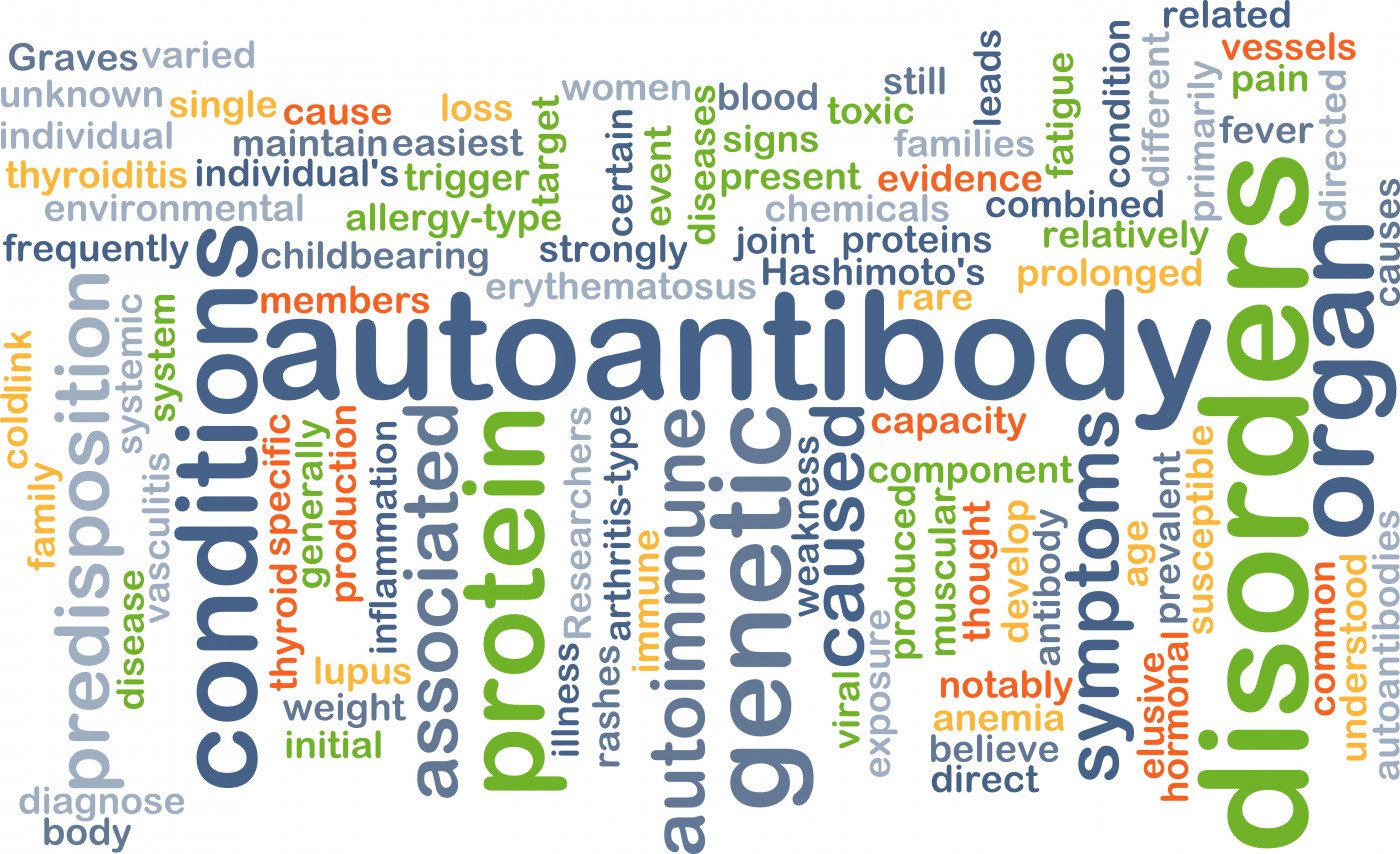Researchers Gain Insight Into How Myasthenia Gravis Antibodies Destroy Receptor Vital to Movement

University of Southern California researchers have gained insight into how antibodies connected with a disease known as myasthenia gravis destroy a receptor crucial to movement.
Their findings may give scientists clues about how to prevent the disease.
The study, “Structural insights into the molecular mechanisms of myasthenia gravis and their therapeutic implications,” was published in the journal eLife.
“Patients are just waiting for breakthroughs in research and better treatment,” Kaori Noridomi, the first author of the study, said in a news release.
Because the disease attacks their immune system, they also may “end up with other diseases,” she said. “I met one patient who had myasthenia gravis and had also dealt with four different types of cancer,” added Noridomi, who participated in a fundraising walk that supported myasthenia research.
In addition to raising money, she said she attended the event to engage with patients — in hopes the interaction would give her a broader perspective on her research into the disease.
In myasthenia gravis, autoantibodies attack patients’ nicotinic acetylcholine receptor, which is crucial for movement. The receptor acts as a relay station to transmit nerve impulses to muscles, causing them to contract.
The disease usually affects eye and face muscles, and muscles associated with swallowing. It can result in double vision, drooping eyelids, trouble talking and trouble walking.
Many researchers have gained insight into how receptors work in healthy people and in those with a disease by making a crystal structure of the receptor, which is a kind of protein. Such a structure is a snapshot of how a protein looks at a given moment.
The University of Southern California researchers were able to obtain a snapshot of the nicotinic acetylcholine receptor at the very time that autoantibodies bound to it. The snapshot showed that many of the antibodies bind in the same way.
What the team learned about how the antibodies interacted with the receptor could lead to the development of drugs that block the binding. The researchers were also able to observe mechanisms that the antibodies use to destroy the receptor — and this could lead to scientists developing therapies that interfere at various stages of the disease.




